Saga in collaboration with Lekolar
Learning environment
As children transition from preschool to school, they face a significant adjustment. Suddenly, they're surrounded by new faces—both classmates and teachers—and find themselves in an environment where they're required to sit still and focus for longer periods of time. This transition can be especially challenging in classrooms where noise levels are frequently high and visual distractions abound, leaving little opportunity for escape from these stimuli. The impact of this change varies from student to student; while some adapt more easily, others experience notable effects on their energy levels, mood, and ability to concentrate.
Project
A child spends many hours of their week in school, often in an environment characterized by high noise levels and numerous distractions. Unlike adults, children cannot simply change their workplace if they are uncomfortable. This inspired my project, which aims to explore how design can enhance the learning environment for students. The project targets children aged 5-8 years, as they have recently transitioned from preschool, and these initial years in school set the stage for many years of education. The purpose of the project was to gain a deeper understanding of how students and teachers perceive their work environment, and through this, explore and identify the challenges and opportunities present in today's classroom environment. All students have different abilities and circumstances, which is why the project aims to provide suggestions on how we can better accommodate these diverse needs. I have been fortunate to receive support from Lekolar in this project, providing me with valuable insights and support in various aspects of the project.
Methods
Throughout the process, regular contact has been maintained with both professionals in the education sector and students for interviews. The interviews led to a deeper understanding of potential areas for improvement within classroom settings and indicated a need for classroom furniture that allows students to retreat for a break from the numerous stimuli present in the room. I have employed various methods throughout my project including study visits to schools, brainstorming, sketching, and prototyping at a 1:1 scale, to physically explore, iterate, and evaluate ideas and concepts together with potential users.
Result
The project outcome is Saga, a furniture piece crafted for classroom settings. Saga offers students a dedicated space for sensory breaks, all while keeping students integrated within the classroom community. The intention is for the product to not only provide privacy but also to foster positive associations with reading by offering an inviting and undisturbed seating area where children can sit and read or browse books. With its wheels, this furniture can be effortlessly relocated within the classroom or between different areas within the school.
In collaboration with:

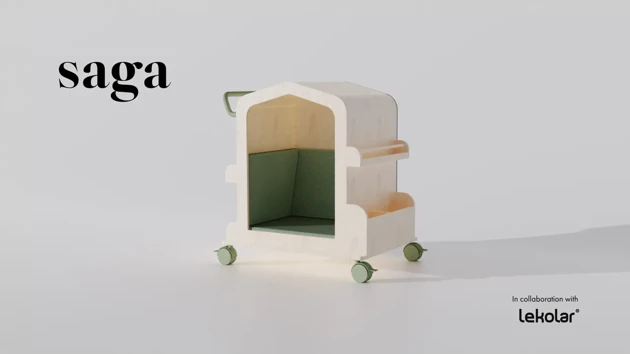
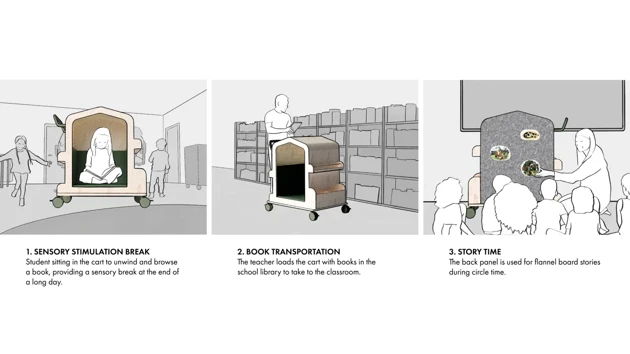
Examples of usage
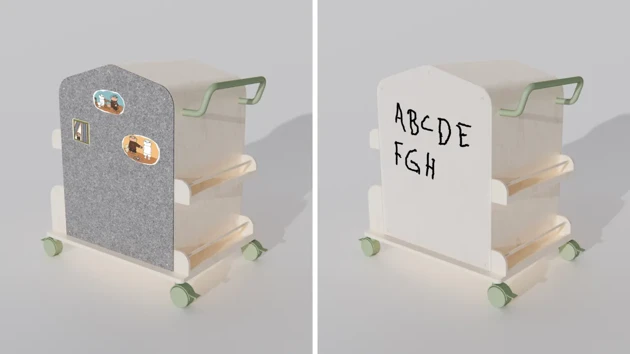
Two back panel options: felt for storytime, whiteboard for writing
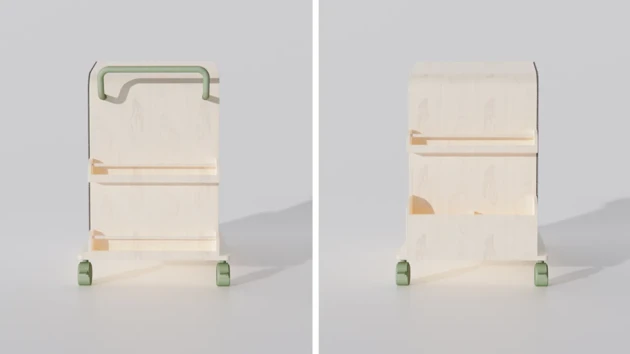
Integrated bookshelves on the sides

Removable, washable cushion covers for easy cleaning
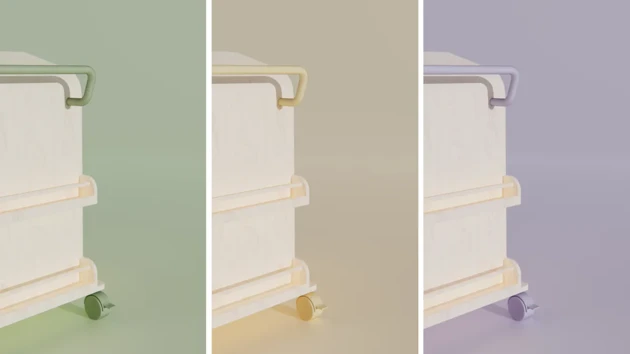
Color alternatives
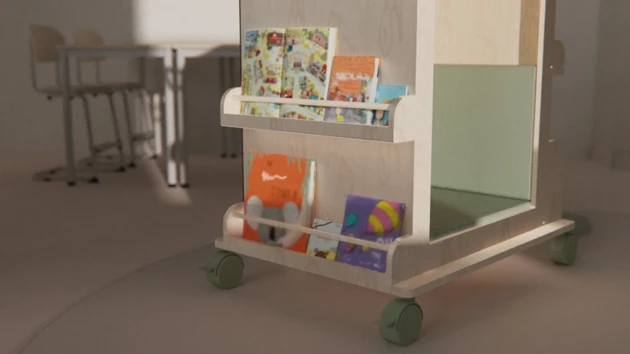
The display shelves make the books visible and easily accessible for the students
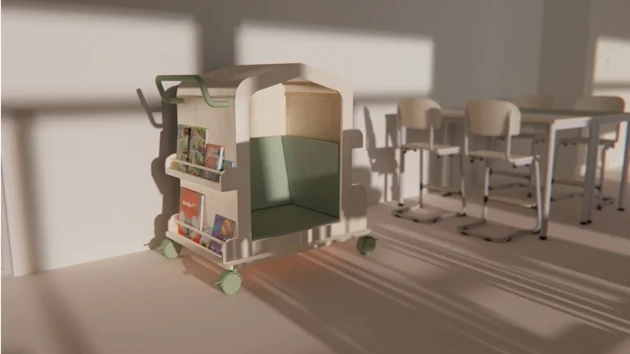
The product in a classroom environment








